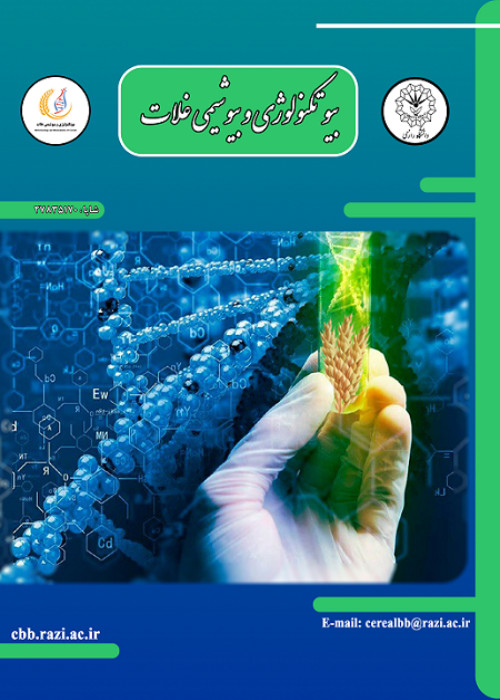Application of association mapping and linkage disequilibrium in plant genomic studies with emphasis on cereal genome
Knowledge of genetic diversity and understanding the genetic architecture of complex traits in crop species can play a key role in exploiting genetic diversity and lead to crop cultivation's adaptation, development and expansion in different geographical environments. In this regard, identifying and utilizing informative markers related to quantitative traits is a prerequisite for application in breeding programs and marker-assisted selection (MAS). One of the major uses of these markers is the construction of genome-wide molecular maps and genetic analysis. In genome-wide association study (GWAS) and genomic selection (GS), determining of extent and level of linkage disequilibrium (LD) is critical in sample size and marker density. Moreover, selection for increasing frequency in new mutations advantageous only in a subset of populations leaves some signatures in the genome. Locations of selection signatures are often correlated with genes and QTLs affecting economically important traits. Access to next-generation sequencing technologies, high phenotypic data and a variety of sophisticated statistical tools have enabled LD-based association mapping studies in plants to identify gene loci controlling quantitative traits successfully. Alternatively, the LD-based association mapping (AM) approach can enhance the genetic map resolution to a greater extent due to the representation of a more comprehensive gene pool and more recombination events in history. Association mapping has emerged as a tool to resolve complex trait variation down to the sequence level by exploiting evolutionary recombination events at the population level. Genetic diversity, LD extent in genome and intra-population relationship, determine quality of mapping, marker diversity, statistical methods and power of mapping. LD in population is the foundation of GWAS, whereas it is always affected by genetic drift, population stratification and natural selection. Of the above threats, population stratification is recognized as a major one to the validity of GWAS results. Therefore, knowledge concerning the pattern of LD is essential for performing GWAS and GS. As one of the most important measures in population genetics, LD is the basis of effective population size estimation, genomic selection, GWAS study and QTL mapping. Due to the importance of LD method in mapping studies of the quantitative traits, in this review, we will present LD, its application in population, current status, limitations, and its use in plant breeding, especially in cereals. Finally, this study provides some information about commonly used statistical software and packages in the calculation of LD, and the challenges and perspectives of this approach have been discussed in this study as well.
- حق عضویت دریافتی صرف حمایت از نشریات عضو و نگهداری، تکمیل و توسعه مگیران میشود.
- پرداخت حق اشتراک و دانلود مقالات اجازه بازنشر آن در سایر رسانههای چاپی و دیجیتال را به کاربر نمیدهد.



